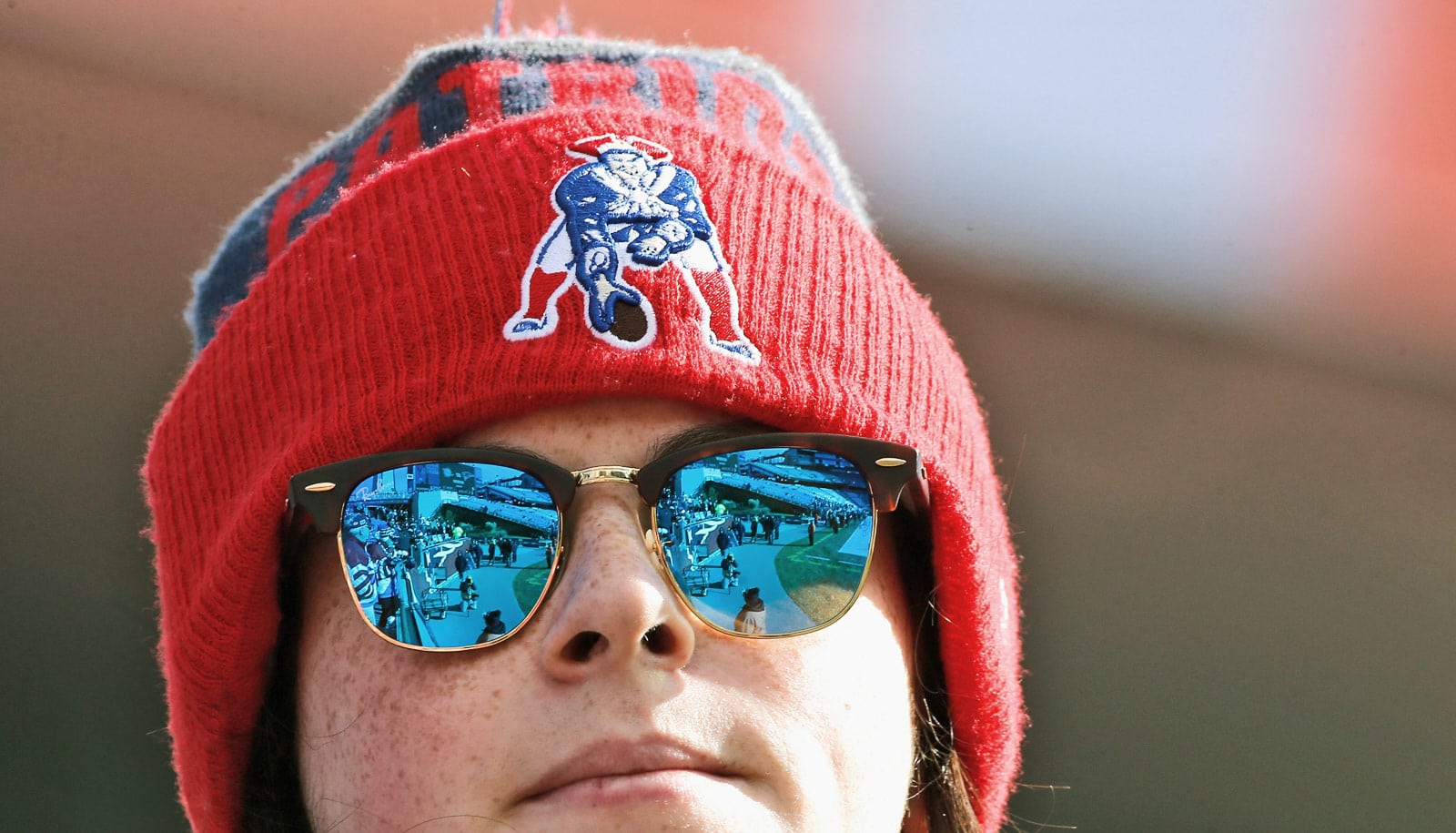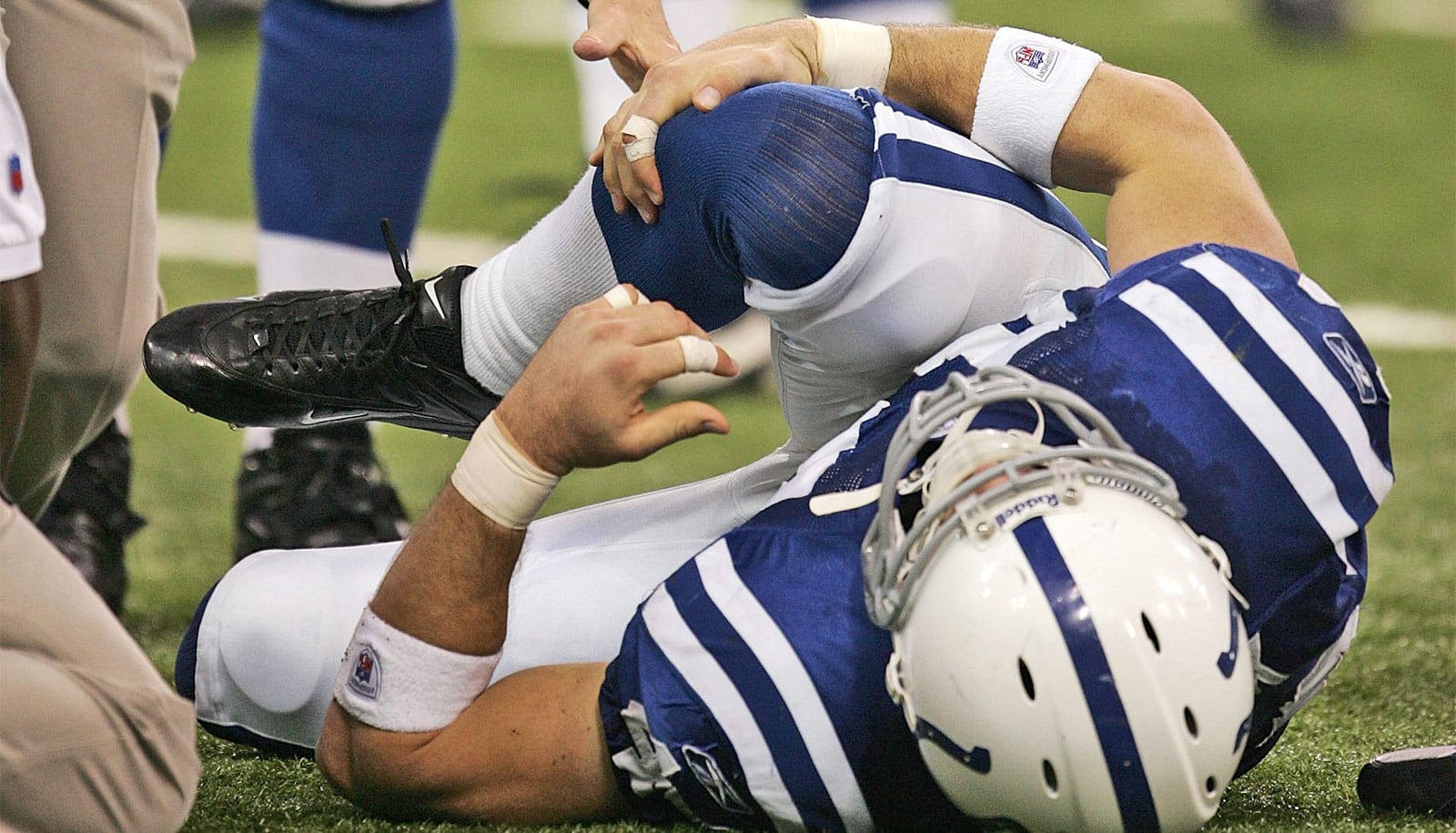There’s a downside to having your local NFL team advance to the Super Bowl: A spike in flu-related deaths.
A Cornell University economist and his colleagues found the geographical areas that have an NFL team advance to the Super Bowl had an 18 percent spike in flu-related deaths among people above the age of 65.
“The mechanism that’s driving this is the increased socialization that happens as a result of the team being successful,” says Nicholas Sanders, an assistant professor of economics.
“You have friends over for a Super Bowl party. You all go out to a bar to watch the game. A bunch of people are cramped in a small space, and they’re all touching the same napkins and grabbing the same chips. If your team wins, you’re all out in the street celebrating. It’s that kind of disease transmission that we think might be a driving factor,” he says.
The results were most pronounced in years when the dominant influenza strain is more virulent, or when the Super Bowl occurs closer to the peak of influenza season, he adds.
Postseason and flu season
The Super Bowl offered a perfect natural experiment to test the researchers’ central question: How does a change in people’s daily interactions—such as increased travel and social gatherings—affect the way a disease spreads?
First, the game is a large annual event, with up to 100,000 fans attending. Second, the postseason, when fans are more likely to be gathering around big-screen TVs, often takes place in January or February, which happens to overlap with the height of influenza season, between December and March.
Last, geographic areas with NFL teams that did not qualify for postseason play make an ideal control group, as they are relatively similar in size, wealth, and influenza death rate patterns to areas whose teams do make it to the big game.
The researchers analyzed county-level data from 1974 to 2009, comparing the rates of influenza-related death in areas that had an NFL team in the Super Bowl to the rates in places that also had football teams but did not reach the the big game that year. The researchers focused on mortality for those over the age of 65, historically the most vulnerable population.
Super Bowl parties
Although older adults may not change their habits much if their local team makes it to the Super Bowl, their chances of coming into contact with someone who has the flu increases as the infection rate climbs in the overall population, Sanders says.
“It needn’t be a direct leap, where an older person is at a bar watching the team. It could be that individual’s relative is at a bar and then he visits his parents. Or a worker at a retirement home goes out to get a drink and celebrate her team’s win, and then returns to work the next day. Those are all possible disease transmissions,” Sanders says.
How watching TV might protect you from the flu
But the researchers found no change in influenza mortality in cities that hosted the Super Bowl. That could be for several reasons, Sanders says, including because the influx of travelers may prompt locals to avoid going out on the town. Another factor could be the host city’s location; the Super Bowl is frequently held in southern cities, where flu transmission rates are generally lower.
Sanders and his colleagues point out that flu prevention techniques apply whether it’s Super Bowl Sunday or not: wash your hands, don’t share food or drinks. If you are sick, avoid social gatherings.
“Simply being aware of the situation can make people take common-sense precautions, and say, ‘Well, I’m not going to shove my hand in that bowl of nuts over there.’ I think that’s just good advice in general,” Sanders says.
The study appears in the American Journal of Health Economics. Sanders’ coauthors are both economists at Tulane University.
Source: Cornell University (Originally published February 3, 2016)



